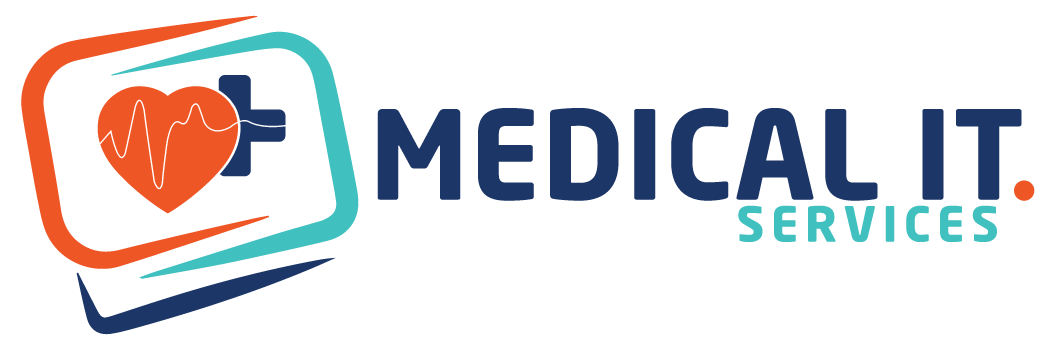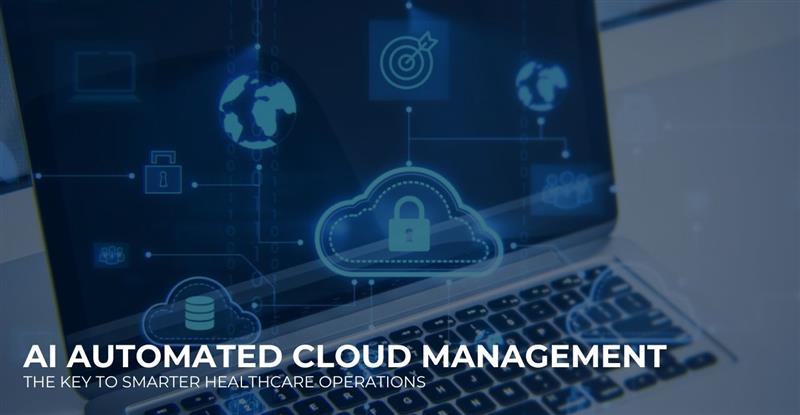In today's fast-paced environment, the Information Technology (IT) sector stands out as one of the…

Migrating Medical Software to the Cloud: A Step-by-Step Guide
The healthcare industry is undergoing a digital transformation, and cloud computing is at the forefront of this change. Migrating medical software to the cloud offers numerous benefits, including improved scalability, enhanced security, and increased accessibility. However, the process can seem daunting. This step-by-step guide will equip you with the knowledge to navigate a successful cloud migration for your medical software.
Why Migrate to the Cloud?
Before diving into the step-by-step guide, it is essential to understand the reasons behind migrating medical software to the cloud. Here are some key advantages:
- Cost-Effectiveness: Cloud-based solutions eliminate the need for significant upfront investments in hardware and maintenance costs. Healthcare organisations can opt for subscription-based models, reducing their operational expenses.
- Scalability: Cloud solutions can be easily scaled up or down to accommodate changing needs, ensuring that healthcare organisations can adapt quickly to new demands.
- Enhanced Collaboration: Cloud-based solutions enable seamless collaboration among healthcare professionals, facilitating better communication and patient care.
- Data Security: Cloud providers offer advanced security features, ensuring that sensitive patient data is protected from unauthorised access and cyber threats.
Step-by-Step Guide to Migrating Medical Software to the Cloud
Step 1: Assess Your Current Infrastructure
Before beginning the migration process, conduct a thorough assessment of your existing infrastructure. Identify the software applications, databases, and hardware components currently in use. Determine which elements are cloud-ready and which may require modification or replacement.
Key Considerations:
- Software Compatibility: Ensure that your current software is compatible with cloud environments.
- Data Volume and Storage Requirements: Assess the volume of data to be migrated and its storage needs.
- Compliance Requirements: Identify the regulatory requirements specific to your healthcare organisation.
Step 2: Choose the Right Cloud Provider
Selecting the appropriate cloud service provider is crucial for a successful migration. Consider providers that specialise in healthcare and offer robust security and compliance features.
Criteria for Selection:
- HIPAA Compliance: Ensure the provider is HIPAA-compliant and offers the necessary security certifications.
- Scalability: Choose a provider that can scale resources up or down based on your needs.
- Support and Services: Evaluate the provider’s support options and additional services such as data backup and disaster recovery.
Step 3: Develop a Migration Strategy
Creating a detailed migration strategy is essential to minimise disruptions and ensure a smooth transition. This plan should outline the sequence of migration, resource allocation, and contingency plans.
Components of a Migration Strategy:
- Timeline: Establish a realistic timeline for the migration process.
- Resource Allocation: Assign specific roles and responsibilities to your IT team and stakeholders.
- Risk Management: Identify potential risks and develop mitigation strategies.
Step 4: Data Backup and Preparation
Before migrating medical software to the cloud, ensure that all data is securely backed up. Data integrity and security are paramount, especially in the healthcare sector.
Data Preparation Steps:
- Data Cleansing: Remove any redundant or obsolete data to streamline the migration process.
- Data Encryption: Encrypt sensitive data to protect it during transit and in the cloud.
- Data Mapping: Map out how data will be transferred and integrated into the new cloud environment.
Step 5: Execute the Migration
With your strategy in place and data prepared, you can begin the actual migration process. This step involves transferring applications, databases, and other components to the cloud.
Migration Phases:
- Pilot Migration: Start with a pilot migration to test the process and identify any issues.
- Full Migration: Once the pilot is successful, proceed with the full-scale migration.
- Validation and Testing: After migration, validate the data and test all applications to ensure they function correctly in the cloud environment.
Step 6: Optimise and Monitor
Post-migration, it’s important to optimise the cloud environment for performance and cost efficiency. Continuous monitoring is essential to maintain security and compliance.
Optimization and Monitoring Tasks:
- Performance Tuning: Adjust configurations to optimise performance.
- Cost Management: Monitor resource usage and implement cost-saving measures.
- Security Monitoring: Continuously monitor for security threats and vulnerabilities.
Step 7: Train Your Team
Ensure that your staff is well-trained to use the new cloud-based system. This includes training on new workflows, security protocols, and compliance requirements.
Training Focus Areas:
- System Usage: Educate users on how to navigate and utilise the cloud-based system.
- Security Practices: Train staff on best practices for data security and compliance.
- Support Resources: Provide information on how to access technical support and resources.
Conclusion
Migrating medical software to the cloud can significantly enhance your healthcare organisation’s efficiency, security, and scalability. By following these steps, you can ensure a seamless transition while maintaining compliance with regulatory standards. If you’re ready to embark on this journey, consider partnering with experts who specialised in healthcare IT services.
Why Choose MedicaIT.Services?
MedicalIT.Services is here to assist you every step of the way. Our team of experienced IT professionals provides comprehensive cloud migration services tailored to the unique needs of healthcare organisations. Contact us today to learn more about how we can help you successfully migrate your medical software to the cloud.
Also Read:




